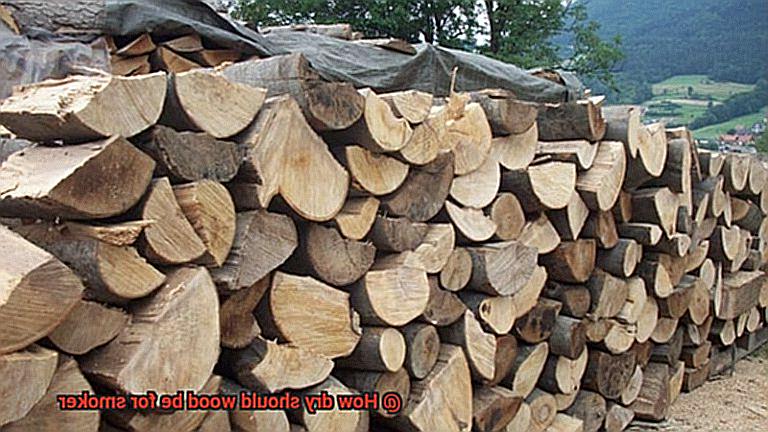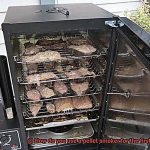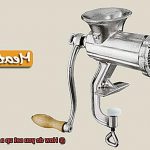Are you a BBQ fanatic on the hunt for the ultimate smoking experience? Have you been frustrated by soggy, smoky wood that just won’t catch fire? Fear not, my friend. The key to achieving mouth-watering BBQ flavor lies in the dryness of your wood. But how dry should it be for your smoker? In this blog post, we’ll delve into the science behind wood moisture content and provide some helpful tips for selecting the perfect level of dryness for your meat.
Let’s start with why dryness matters. When wood is too wet or fresh, it contains an excessive amount of water that can lead to excessive smoke production without proper burning. This can be a nightmare for those looking to cook their food quickly and can even result in a bitter taste in the final product. Conversely, overly dry wood burns too fast and produces thin, harsh smoke that can ruin your BBQ.
So what’s the sweet spot? Generally speaking, you want your wood to have around 20% moisture content for optimal smoking conditions. However, there are various factors that come into play when determining the ideal dryness level. Keep reading to discover more about the science behind wood moisture content and how to choose the perfect type of wood for your smoker.
Contents
What Is the Ideal Moisture Content for Wood Used in a Smoker?
Smoking meat is a culinary journey that requires skill, patience, and the perfect combination of heat, smoke, and seasoning. One crucial aspect that is often overlooked is the moisture content of the wood used in the smoker. The ideal moisture content of wood for smoking is between 10-20%, as this allows it to burn consistently and produce flavorful smoke.
To achieve this ideal moisture content, the wood must first be seasoned or dried for a period of six months to a year. This process reduces the moisture content and stabilizes the wood, reducing the risk of warping or cracking during use. Seasoned wood should have a grayish color and cracks on the ends. When knocked together, it should produce a clear, sharp sound.
Using a moisture meter is another way to determine if your wood is dry enough for smoking. These devices are readily available at hardware stores and provide an accurate reading of the moisture level. If your wood is too moist, it will produce too much smoke and little heat, resulting in a bitter taste. On the other hand, wood that is too dry may burn too quickly and lack flavor.
Different types of wood have varying ideal moisture levels. For example, mesquite and oak should be slightly drier than fruitwoods like apple or cherry. It’s important to use the right type of wood for the food you’re smoking to achieve optimal flavor.
Different Types of Wood and Their Ideal Moisture Content
Smoking meat is an art form that requires attention to detail, and the type of wood you use plays a crucial role in achieving the desired flavor. The ideal moisture content for different types of wood used in smoking varies, and knowing these levels is essential for producing consistently delicious results. Let’s delve deeper into the different types of wood and their ideal moisture content levels for smoking.
Hardwoods such as oak, hickory, and maple are popular choices for smoking because of their dense and durable nature. These woods offer a bold, smoky flavor that complements various meats. The ideal moisture content for hardwoods used in smoking is between 20% to 25%. If the moisture content is too high, the wood will produce too much steam and not enough heat, resulting in weak flavor. Conversely, if the moisture content is too low, the wood will burn too quickly, producing an acrid flavor.
Fruitwoods like apple, cherry, and peach are also commonly used in smoking because they add a sweet and fruity flavor to the meat. The ideal moisture content for fruitwoods is slightly higher than hardwoods at around 25% to 30%. This moisture level ensures that the wood burns slowly enough to infuse the meat with flavor without overpowering it. Unlike hardwoods, fruitwoods tend to be higher in moisture content. Properly drying fruitwoods is crucial to ensure they burn cleanly and produce a consistent, flavorful smoke.
It’s important to note that not all types of wood are suitable for smoking. Softwoods such as pine and cedar should be avoided when smoking because they contain high levels of resin that can produce toxic smoke. Even if the moisture content is low enough for safe burning, these woods are not recommended for smoking because of their unpleasant flavor.
When selecting wood for smoking, it’s essential to choose high-quality, untreated wood that has been properly seasoned. Seasoned wood should have a grayish color with cracks on the ends. If you knock two pieces of seasoned wood together, they should make a sharp cracking sound. Wood that has been treated with chemicals or is too green will produce an unpleasant taste and can even be harmful to consume.
Determining the Moisture Content of Wood
Smoking meat is an intricate process that requires attention to detail, patience, and most importantly, the right kind of wood. But how do you know if your chosen wood is at the ideal moisture content for smoking? The answer lies in determining the moisture content of wood.
One of the most efficient ways to determine the moisture content of wood is by using a moisture meter. These nifty devices work by sending an electrical signal through the wood and measuring its resistance. Once inserted into the wood, the sharp pins on the moisture meter provide an accurate reading of the moisture content. This method is quick, easy, and gives you an almost instant measurement of your wood’s moisture levels.
Another reliable method to determine the moisture content of wood is by using a drying oven. This process involves taking a small sample of wood, weighing it, and placing it in a drying oven at a specific temperature for a specific duration until all water is removed. Afterward, you weigh the sample again and calculate the difference between the two weights to determine the moisture content accurately.
Different types of wood have varying ideal moisture contents for smoking. For instance, fruitwoods like apple and cherry should have a moisture content between 15-20%, while hardwoods like oak and hickory should have a moisture content between 20-25%. If your wood is too wet, it will produce too much smoke and create a bitter taste in your food. Conversely, if it’s too dry, it will burn too quickly and won’t produce enough smoke.
How to Properly Store and Season Your Wood
Smoking meat is an art that requires attention to detail, and the type and quality of wood used can make all the difference in the final product. Properly storing and seasoning your wood is crucial for achieving the desired flavor in your smoked meat. Here are five sub-sections that will help you get the most out of your smoking experience:
The Importance of Proper Seasoning
The first step in producing the best flavor when smoking meat is using properly seasoned wood. Wet or green wood can produce excessive smoke, which can result in a bitter taste in your meat. On the other hand, properly seasoned wood burns cleaner and produces a more subtle, flavorful smoke.
Choosing the Right Wood
When selecting wood for smoking, it’s important to choose hardwoods that are suitable for smoking, such as oak, hickory, or fruitwood. Avoid softwoods like pine, which contain high levels of resin that can taint the flavor of your meat.
How to Properly Season Your Wood
To properly season your wood, cut it into small pieces and stack it in a dry, well-ventilated area for at least six months. It is crucial to keep the wood off the ground, either by stacking it on pallets or using a storage rack. Check on the wood periodically to ensure that it remains dry and free from mold or fungus.
Determining if Your Wood is Properly Seasoned
To determine if your wood is properly seasoned, you can perform a simple test. Take a piece of wood and knock two pieces together – if the sound is dull and thud-like, it is not yet seasoned enough. If the sound is sharp and clear, it is ready to be used in your smoker.
Storing Your Wood
Once your wood is properly seasoned, it’s time to store it for future use. Store your wood in a cool, dry place away from direct sunlight. You can stack it in a shed or garage, or use a specialized storage container designed specifically for smoking wood.
Bonus Tip: Soaking Your Wood Before Use
Before using your wood for smoking, be sure to soak it in water for at least 30 minutes. This will help prevent excessive smoke and ensure that the wood burns evenly throughout the cooking process.
Benefits of Using Properly Seasoned Wood
The secret to achieving this lies in using properly seasoned wood in your smoker. Seasoned wood refers to wood that has been dried out over a period of time, typically several months to a year, to reduce the moisture content.
So, what are the benefits of using properly seasoned wood? First and foremost, it produces a cleaner burn with less smoke. This not only results in less respiratory irritation for those nearby but also allows for a more consistent temperature and burn rate throughout the smoking process. Say goodbye to worrying about dangerous flare-ups or undercooked meat.
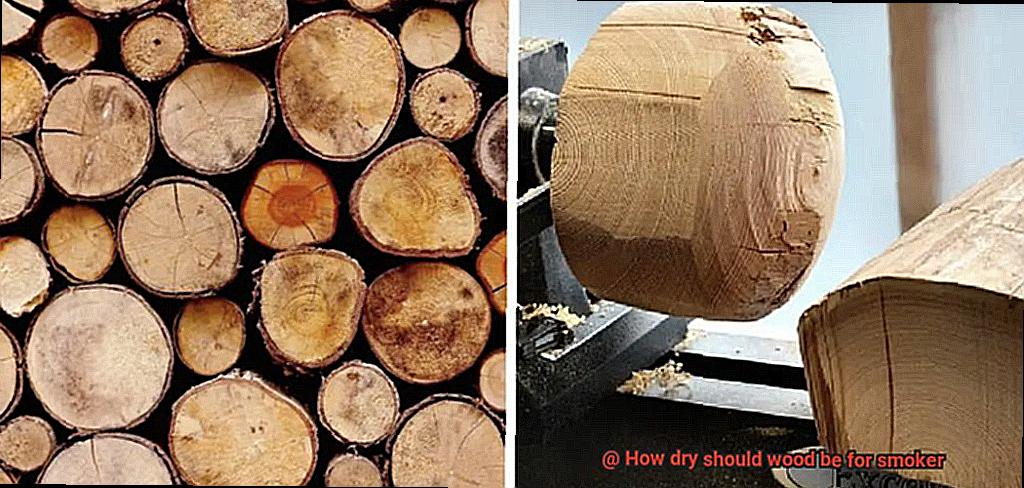
But that’s not all – seasoned wood also imparts a more desirable flavor profile for your meat. The reduced moisture content allows the wood to burn hotter and release its natural flavors more readily, resulting in a richer, smokier taste. Depending on the type of wood used, such as hickory or mesquite, you can add unique depth and complexity to your dishes.
In addition to enhancing the flavor of your dishes, using properly seasoned wood can also help you achieve an even cook. When wood is too wet, it can cause uneven heat distribution and flare-ups, which can result in undercooked or overcooked meat. Seasoned wood burns more evenly and consistently, allowing for more precise control over the cooking process.
Tips for Selecting the Right Type of Wood for Smoking
Smoking meat is a delicious way to infuse flavor into your favorite cuts of meat. However, selecting the right type of wood for smoking is essential to achieving the perfect balance of flavors. Here are five tips to help you select the best type of wood for smoking.
Tip #1: Match the Wood with the Meat
When it comes to selecting wood for smoking, one of the most crucial tips is to match the wood with the type of meat you are smoking. For instance, if you’re smoking beef or lamb, a strong wood like hickory or mesquite would be appropriate. On the other hand, if you’re smoking poultry or fish, a milder wood such as apple or cherry will let their natural flavors shine through without overpowering them.
Tip #2: Consider the Region
Different regions have different types of woods available, and each type imparts a unique flavor to your meat. For example, oak is commonly used in Texas for smoking brisket, while maple is popular in the Northeast for smoking salmon. Experimenting with different types of wood can help you find your preferred flavor profile.
Tip #3: Check the Moisture Content
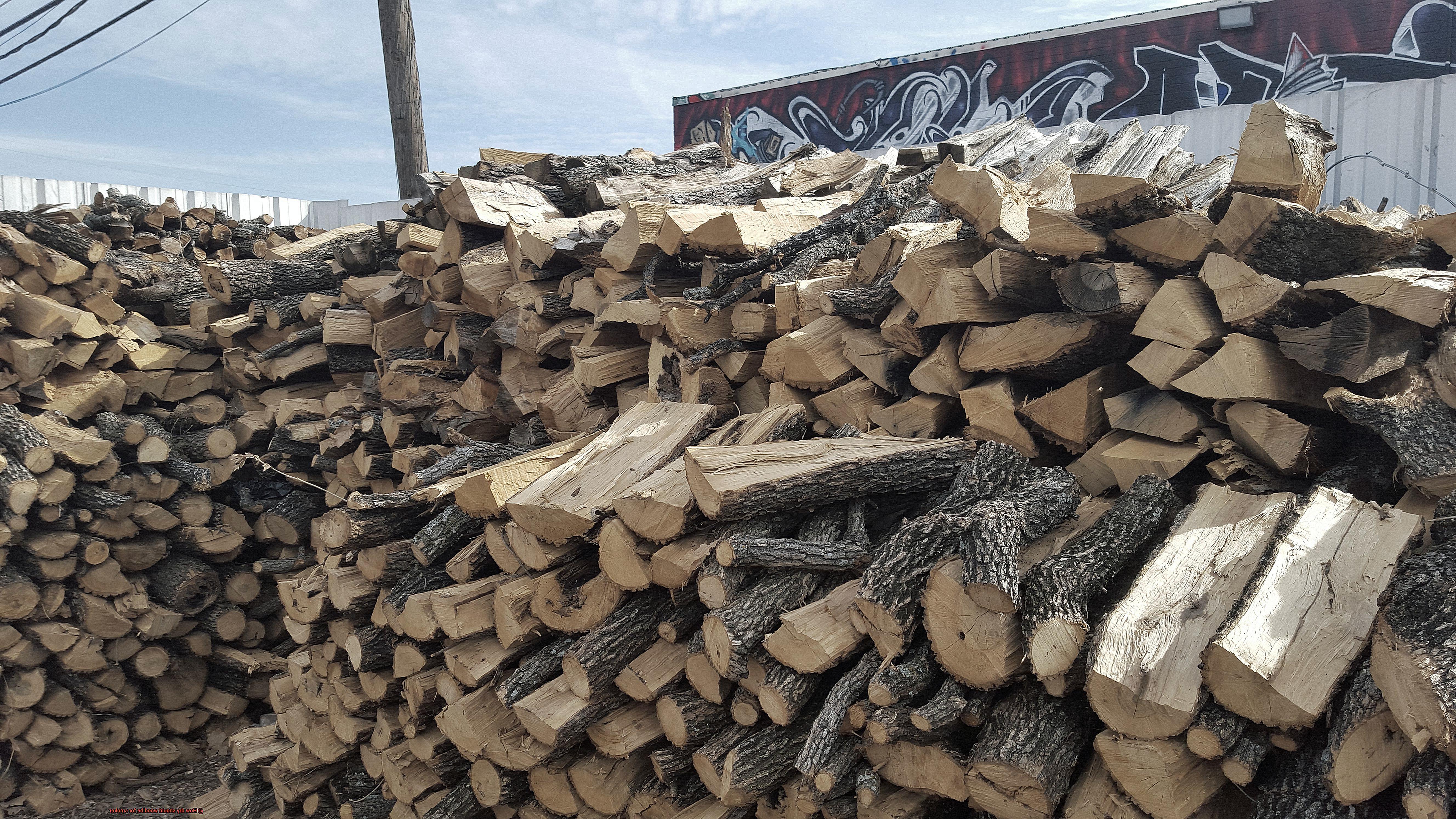
It’s crucial to ensure that your wood has been properly seasoned and dried before using it for smoking. Wet or green wood can produce excess smoke and result in a bitter taste in your food. To check if the wood is dry enough, conduct a simple test by hitting two pieces together. If it produces a sharp cracking sound, it’s ready for use. Ideally, the moisture content should be around 20%.
Tip #4: Avoid Chemicals and Additives
One of the most critical tips when selecting wood for smoking is to avoid any chemicals or additives. Treated or painted wood can contain harmful chemicals that are dangerous when burned and can spoil your food’s flavor. Stick to natural, untreated wood to ensure safe and delicious results.
Tip #5: Properly Store Your Wood
Proper storage of your smoking wood is essential to maintain its moisture content. Keep your wood in a dry and covered area to prevent it from absorbing moisture from the air or ground. This will ensure that your wood is at the ideal moisture level for smoking and will produce the best results.
Common Mistakes to Avoid When Choosing and Storing Wood for Smoking
Smoking meat is a culinary experience that requires precision and care. Choosing and storing wood for smoking may seem like a trivial task, but it can make all the difference in the taste and safety of your meats. Here are some common mistakes to avoid when selecting and storing wood for smoking.
Firstly, using the wrong type of wood can result in less than optimal flavor. Different types of wood produce unique flavors when used for smoking, so it’s important to choose a wood that complements the type of meat you’re smoking. For instance, mesquite is a popular choice for beef, while fruitwoods like cherry or peach are ideal for pork.
Secondly, using unseasoned or improperly dried wood can also impact the flavor of your meat. Wet wood produces thick smoke that can overpower the flavor of your meat, while dry wood burns too quickly and creates an acrid smoke. The ideal moisture content for smoking wood is around 20%, so choose properly seasoned wood or dry it yourself if necessary.
Lastly, improper storage of smoking wood can lead to mold growth and contamination. Keep your wood in a dry place with good airflow to prevent mold growth. Also, avoid storing it near chemicals like gasoline or pesticides, which can contaminate the wood and potentially harm you when you use it for smoking.
2kpwsh4a38Q” >
Conclusion
In summary, the secret to achieving delectable BBQ flavor is all in the wood’s dryness. If your wood is too wet or fresh, it will contain an excessive amount of water that can lead to too much smoke without proper burning. Conversely, overly dry wood burns too quickly and produces thin, harsh smoke that can ruin your BBQ. The sweet spot for the moisture content of wood used in a smoker is between 10-20%, allowing for consistent burning and flavorful smoke. Achieving this ideal moisture content requires seasoning or drying the wood for six months to a year.
Different types of woods have varying optimal moisture levels. Hardwoods such as oak, hickory, and maple are popular choices because they are dense and durable. Fruitwoods like apple, cherry, and peach are also commonly used because they add a fruity sweetness to the meat.
It’s crucial to select high-quality, untreated wood that has been correctly seasoned when choosing wood for smoking. Using a moisture meter is another way to ensure that your wood is dry enough for smoking. Proper storage of your smoking wood is also essential in maintaining its moisture content.
By following these tips and avoiding common mistakes when selecting and storing wood for smoking, you can take your BBQ game up a notch and impress your guests with mouth-watering flavors.

